Critics of plans to build more light-rail lines in Charlotte, North Carolina say that proposed new lines will fail to serve the neighborhoods of blacks who “need it most.” Blacks are more likely than whites to ride transit, they say, so black neighborhoods need to have light rail too.
They are wrong about black’s use of transit. According to the 2023 American Community Survey, 1.5 percent of both black and white workers who lived in Charlotte took transit to work. In 2019, blacks had been more likely to ride transit — 4.5 percent vs. 2.5 percent — but since then the rise of remote working has allowed most former black Charlotte transit riders to work at home.
History also shows that Charlotte’s light rail has significantly harmed its transit system. In 2005, before Charlotte’s first light-rail line opened, 3.3 percent of workers living in Charlotte took transit to work. By 2019, when Charlotte had 19 miles of light rail plus a 4-mile streetcar line, transit share had fallen to 1.8 percent.
Charlotte’s first light-rail line opened in 2007. Between 2006 and 2019 total transit ridership in Charlotte grew by 15 percent and transit passenger-miles grew by 18 percent. While that sounds good, in the same time period the Charlotte urban area’s population grew by 70 percent and driving grew by 64 percent.
What’s most painful is that transit passenger-miles were gaining market share before Charlotte built light rail. Between 1996 and 2006, the region’s driving grew by 109 percent but transit passenger-miles grew by 138 percent. Transit ridership grew by only 80 percent, but the average transit trip was longer as people as average trip lengths increased from under 4 miles to more than 5 miles. Even 80 percent ridership growth in the 10 years before light rail is stunning when compared with the 15 percent growth in the 13 years after 2006.
Thus, Charlotte is just one more example of light-rail failure. Charlotte residents should support more rail transit only if they want to pay high taxes to make transit even more irrelevant than it is today.

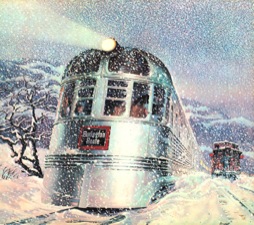
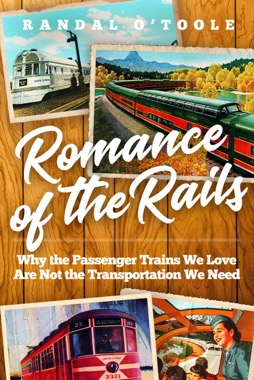
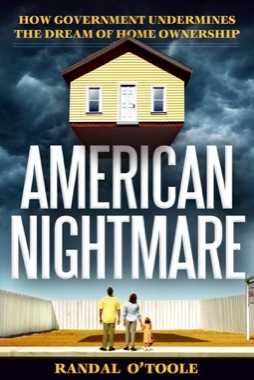
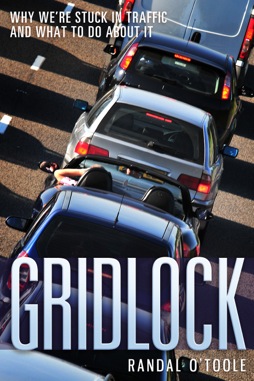
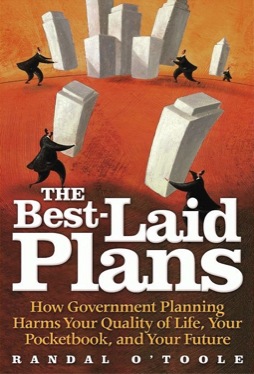
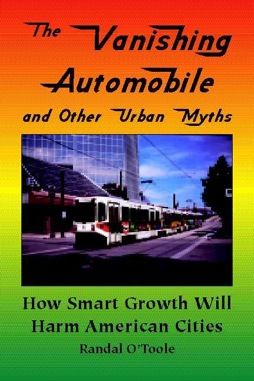
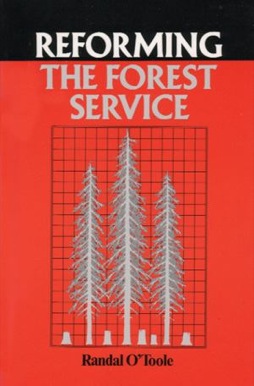
Light rail or trams are the best way to integrate transportation into a *livable city.
https://youtu.be/bNTg9EX7MLw?si=Jw_v1Og3pfj6ti2O
*a livable city is a place where people can relax and navigate like in their living room. That’s not possible with car centric design. Cars are loud. They are dangerous for everyone outside a car. They waste space. Why did we built environments where noisy and dangerous vehicles dominate? It is selfishness. The car promised independence and convenience, but it destroyed the livable habitat that surrounds us. We have become hyperindividualists who live more and more in capsules (single family homes and cars). We need to end this isolated capsule life or society has no future.”
You don’t like cars; okay, I get it. Obviously a lot of people do like cars, because they spend a lot of money on them, and a lot of time driving them. Evidently you see these people as selfish, and therefore you reject their choices. But I don’t think you have any right to impose your values on others. You use the word “We” but to me that is a red flag indicating that the writer is trying to set up a false sense of shared values. It is a manipulative tactic. A more honest approach would be to respect the choices of others, or find a community which is designed the way you like it, instead of advocating for change by force–and it would have to be by legislative force, because most people will not accept it voluntarily. People like cars for the great convenience, flexibility, security, and utility that they provide. You might consider respecting their choices.
Their choices are an intrusion of my liberty. Noise is a threat to public mental health.
Your choices are an intrusion to my liberty. Increased door-to-door commute times are a threat to public mental health.
And how many wealthy people choose to use public transportation in any of your public-transport utopias? But providing those same choices to the masses is always a problem for progressives.
Systematicvisionary,
Nice rhetoric. Too bad none of it is true. Most cars aren’t particularly noisy (and those that are usually violate the law). Given all the work they do for us, cars aren’t particularly dangerous (as I’ve shown before, light rail kills far more people for every billion passenger-miles that it carries than cars on urban roads). As for a waste of space, space is something that the U.S. has an abundance of.
As far as hyper individualists goes, your alternative is to pen people up in apartments and transit vehicles where they can be annoyed by their neighbors and easily monitored by the government at all times. No thanks. As I showed in my review of Bowling Alone, even Putnam’s data show that suburbs have a higher sense of community than cities.
Apparently you haven’t stayed outside a car next to a highway or even next to a normal road with medium traffic for some time. Cars are loud. Denying it is laughable. Have you ever been to a city where cars are mostly banned in the center? These places are quite, not so much your car-centric cities you have in mind. Cars are a drain on the quality of life. Humans and cars don’t go very well together, except if you are staying inside your car capsule all the time. However that’s barely a healthy lifestyle.
Your statistics about pedestrian safety is useless and highly distorted, because nobody walks, where cars dominate. Of course, where you don’t have pedestrians you don’t have pedestrian fatalities. You don’t have to be a genius to come to that conclusion. If you create a hazardous environment for everyone outside a car people will avoid it from the beginning.
If the US has enough space, why do you park your car in your living room? You don’t do that regardless how much space you have, because the living room is for the human being. The ideal city is about the outdoor living room experience. You can’t have that with noisy high speed metal boxes moving moving around in your living room. The only transportation mode that is compatible with an outdoor living room experience is a train guided by rails, being predictable for pedestrians moving around.
My experience is that people in suburbs are far more annoyed by their neighbors than city people everything else equal. The government/police can track down people far better in suburbs than in cities. Suburbs are a natural surveillance state. Some neighbors are very quick calling the police, especially if they witness a pedestrian. That’s your “higher sense of community”. But it isn’t a good sense. People who live in suburbs are far more likely to move away. Suburbanites don’t have a connection to their place, because they are interchangable.
10 Trillion in welfare since 1965 wasn’t enough?
The “Stop Asian Hate” movement never gained same level influence and power as BLM, it came as shock when asked “Who were attacking asians on subways and transportation stations” and no one liked Giving the answer…..
Public transit, public schools, it doesn’t matter You can have civilized spaces or you can have high populations of blacks, Sorry you cannot have Both.
https://www.youtube.com/watch?v=DBNV9Go60_o
In 1973 the AAMR (American Association of Mental Deficiency) changed the threshold for mental retardation from IQ <85 to IQ s?b-s???r?n ?fri??ns gather in an environment
> said environment becomes indistinguishable from s?b-s???r?n ?fri?? in terms litter, level violence, noise, pollution….
Many such cases. Aug. 13, 1973, the state of Minnesota was featured on a Time magazine cover, a shot of publicity that garnered a variety of responses. The cover featured Wendell Anderson, former governor of Minnesota, smiling like getting a blowjob from god. Back when the state was then 98% White and described basically as heaven on earth, without any “apocalyptic confrontation” on race. Well, George Floyd dying of a fentanyl overdose in 2020 and the ensuing chaos of importing cameljockies from North Africa/Middle East brought us here.
You pay for it white taxpayers.
“Obviously a lot of people do like cars, because they spend a lot of money on them, ”
Obviously a lot of people like taxes and insurance, because they spend a lot of money on them,
Because we are forced to pay for cars, same as taxes and insurance. Death, taxes, and cars, as the old saying goes.
Oh, wait.,,,
Systematicvisionary, great video, thanks for the link. NotJustBikes is a great source of information and insight into better design for the future of cities.
You are welcome. As contrary to Randall O’Toole Jason Slaughter has significant experience of living in a truly modally diverse country. No one who has ever lived there would advocate for more automobiles in cities.
“As contrary to Randall O’Toole Jason Slaughter has significant experience of living in a truly modally diverse country.”
Even right-wing libertarian organizations funded by oil money have given up on the idea that making cities car-centric has any future. That’s why the AP got fired from CATO.
I have heard that.